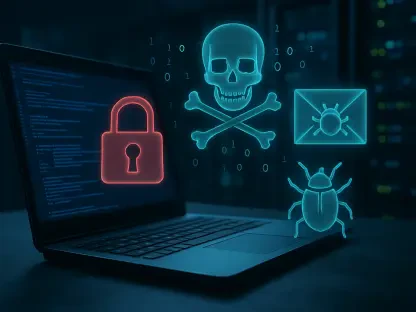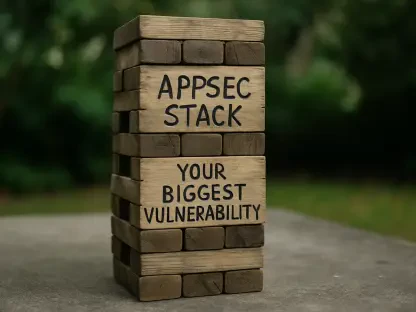In an impressive breakthrough, Princeton engineers have developed a solution to a long-standing encryption vulnerability in the internet’s security standards, preventing malicious actors from fraudulently obtaining digital certificates. This vulnerability had posed a significant threat, allowing attackers to deceive certification authorities and undermine the trustworthiness of secure communications across the web.
The Genesis of the Discovery
The journey to address this critical vulnerability started in 2017 when undergraduate researcher Henry Birge-Lee, under the guidance of professors Prateek Mittal and Jennifer Rexford, discovered the flaw. They revealed that attackers could easily bypass the traditional validation method for digital certificates, a process essential for ensuring website identity. This loophole was not just a minor oversight but a significant risk that could lead to widespread cyber fraud and societal harm if left unaddressed.
Collaborative Efforts and Industry Recognition
Recognizing the gravity of this issue, the CEO of Let’s Encrypt, Josh Aas, promptly joined forces with the Princeton team to find a solution. By 2018, the researchers had conceptualized a new technical framework that required certification authorities to confirm website ownership from multiple perspectives instead of a single verification point. Despite its apparent simplicity, this proposal underwent rigorous refinement to ensure its feasibility and scalability.
Implementation and Standardization
Let’s Encrypt took the lead in integrating this new method, demonstrating its practical application and cost-effectiveness. This real-world implementation played a crucial role in convincing the broader cybersecurity community of the new standard’s viability. The approach was then presented to the Certification Authority/Browser Forum, a consortium of major tech companies and certification authorities, for approval. After overcoming several bureaucratic and technical challenges, the consortium unanimously adopted the new standard.
A Model for Future Collaboration
The development of this enhanced security standard was a testament to the power of collaboration between academia, industry leaders, and global organizations. The dedication and expertise of the Princeton team in diagnosing the issue and proposing a viable solution, coupled with Let’s Encrypt’s willingness to implement and demonstrate its effectiveness, were pivotal. This partnership sets a precedent for how sustained effort and multi-sector cooperation can drive significant advancements in cybersecurity.
Conclusion
In an impressive breakthrough, Princeton engineers have created a method to fix a persistent flaw in the internet’s security standards that previously allowed hackers to fraudulently obtain digital certificates. This vulnerability had been a major issue, giving malicious actors the ability to trick certification authorities and compromise the reliability of secure communications across the internet. Certification authorities are trusted entities that issue digital certificates, which play a crucial role in verifying the identity of websites and encrypting data transmitted between servers and users. When these certificates are compromised, the integrity and confidentiality of online communications are at risk, endangering everything from personal information to financial transactions. The Princeton solution mitigates this risk, bolstering the overall trustworthiness of internet security protocols. By addressing this long-standing issue, the engineers have significantly enhanced the robustness of secure online communications, ensuring a safer digital environment for all users.









